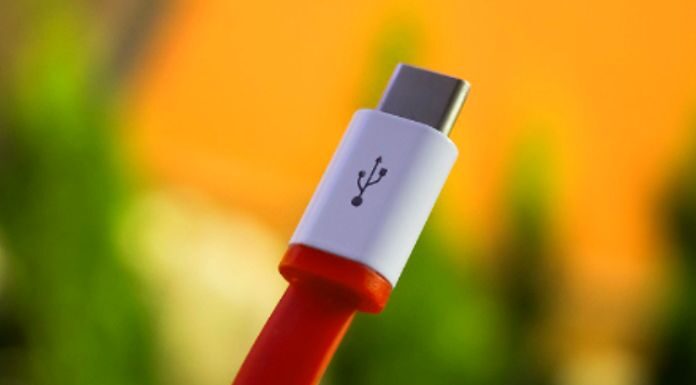The USB-C cable will soon be the most common on the market. However, at the moment, it is going through a transition phase, where manufacturers are only starting to launch the first products with the technology in a very modest way.
But it is only a matter of time before all notebooks, computers, and smartphones use the standard USB Type-C port. The new standard brings many advantages, it’s true. But, like everything in life, there are also its downsides. That’s why we prepared this article that will list the criticisms and praises of USB Type-C cables; check it out.
Benefits
1. The Input Is Symmetrical
This has certainly happened to you a few times: picking up the cable or USB device, trying to fit it into the port, failing, turning the connector to the opposite side, trying to connect again, failing and only the third time succeeding in the fitting. Of the USB cable into its respective port.
The USB Type-C standard aims, among other things, to end this type of problem, which makes us lose a few seconds of our lives. USB Type-C cables have the same side measurements (2.6 x 8.4 mm). In practice, the cable will fit anywhere without wasting time.
2. Fast Charging
The new USB-C standard makes it possible for smartphones to be charged with greater power, which means the battery will reach 100% faster. In practice, a battery with 2,500 MAH, like the one in the Galaxy S6, would be fully charged in just 50 minutes. On the other hand, a battery with 3,100 MAH, like the one in the Xperia Z3, would take a little over an hour to go from 0 to 100%.
3. High Durability
According to the technical specifications of the USB-C standard, it is designed to support up to 10,000 connections. So, imagine the scenario where you charge your smartphone once a day. So you can use the same cable for 10,000 days. This corresponds to 27 years, four months and 18 days.
Of course, the USB standard will have changed from now on, and you will already be on your tenth smartphone, but it’s good to know that it has high durability.
4. They Will Be Able To Charge Even Notebooks
We’ve already seen that it can charge our cell phones faster, but did you know it can also charge laptop batteries? According to its technical specifications, the new USB-C standard can support the power of up to 100 Watts. This power is usually found in notebooks. Therefore, proprietary USB-C-type cables can also recharge notebooks, Ultrabook’s and other compact devices.
5. Higher Transfer Rate
The new USB-C cables also have faster transfer speeds. The standard USB 3.1 cables reach up to 10 Gb/s. That means playing a movie in 4K and at 60 frames per second in a few seconds.
Disadvantages
1. Absence Of Adapters
As mentioned at the beginning of this article, the USB-C standard is going through a transition process, where the old standards are being replaced. For this reason, most devices still use the traditional standard.
Therefore, it is still difficult to find adapters for USB-C cables. We can hardly ever find them, and they are quite expensive when we do. Therefore, acquiring such a cable does not seem to be an advantage.
2. Incompatibility
The USB-C standard, unfortunately, is still incompatible with many accessories used in notebooks, smartphones and tablets. Only proprietary accessories use the default. Thus, using a USB-C cable becomes quite an expensive act.
3. Risks
If you want to evade the costs and buy uncertified or low-quality USB-C cables (look at the prices), you could end up putting your equipment and yourself at risk.
While testing a crappy USB-C cable on his Chromebook, Google engineer Benson Leung saw the device fry in front of him. Thus, by buying cables very cheaply, we subject our electronic devices to unnecessary risk.
4. Danger In Cables Of Two Types
Some cables have one end in the USB-C standard and the other in the old standard. This can be dangerous as the two use very different electrical voltages and currents. Poor-quality cables can try to make the traditional USB port work at a voltage it was not designed for.
In this way, the result can be disastrous, as in the example of the notebook explosion mentioned above.
Also Read: Fix My Speaker – The Smartest Way To Fix the Speaker Problem

